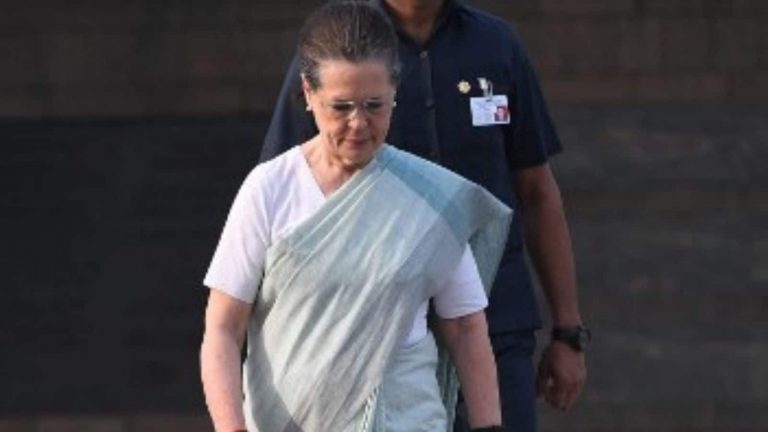वित्त मंत्री निर्मला सीतारमण ने सोमवार को कहा कि नए आयकर ई-फाइलिंग पोर्टल में तकनीकी गड़बड़ियां अगले कुछ दिनों में काफी हद तक ठीक हो जाएंगी और वह इस मुद्दे के बारे में इंफोसिस को लगातार याद दिला रही हैं।
उन्होंने कहा, “मैं इंफोसिस (नया पोर्टल विकसित करने वाला विक्रेता) को लगातार याद दिला रही हूं, और (इंफोसिस के प्रमुख) नंदन नीलेकणि मुझे आश्वासन के साथ संदेश भेज रहे हैं कि अगले कुछ दिनों में वे अधिकांश समस्याओं का समाधान करेंगे।”
उन्होंने कहा कि काफी हद तक यह प्रणाली जून की तुलना में कहीं बेहतर है लेकिन अभी भी कुछ मुद्दे हैं।
राजस्व सचिव साप्ताहिक आधार पर इसकी निगरानी कर रहे हैं, उन्होंने कहा, अगले कुछ हफ्तों में गड़बड़ियों को काफी हद तक ठीक कर दिया जाएगा।
नया आयकर ई-फाइलिंग पोर्टल ‘www.Incometax.gov.In‘ 7 जून को लॉन्च के दिन से ही इसकी शुरुआत खराब रही क्योंकि इसमें तकनीकी खराबी का सामना करना पड़ता रहा।
इंफोसिस को 2019 में अगली पीढ़ी के आयकर फाइलिंग सिस्टम को विकसित करने के लिए 63 दिनों से एक दिन के लिए प्रसंस्करण समय को कम करने और रिफंड में तेजी लाने के लिए एक अनुबंध से सम्मानित किया गया था।
सरकार ने अब तक पोर्टल विकसित करने के लिए जनवरी 2019 से जून 2021 के बीच इंफोसिस को 164.5 करोड़ रुपये का भुगतान किया है।
22 जून को, सीतारमण ने पोर्टल पर मुद्दों की समीक्षा के लिए इंफोसिस के प्रमुख अधिकारियों के साथ एक बैठक बुलाई थी। बैठक में, इंस्टीट्यूट ऑफ चार्टर्ड अकाउंटेंट्स ऑफ इंडिया (आईसीएआई) के सदस्यों ने पोर्टल पर करदाताओं और कर पेशेवरों के सामने आने वाले मुद्दों पर प्रकाश डाला।
लाइव टीवी
#मूक
.










